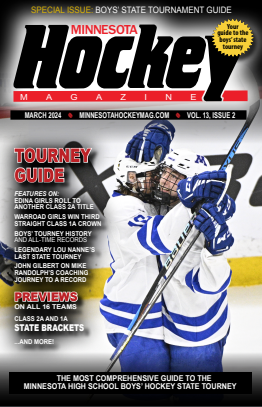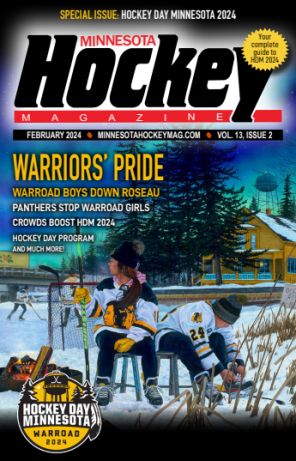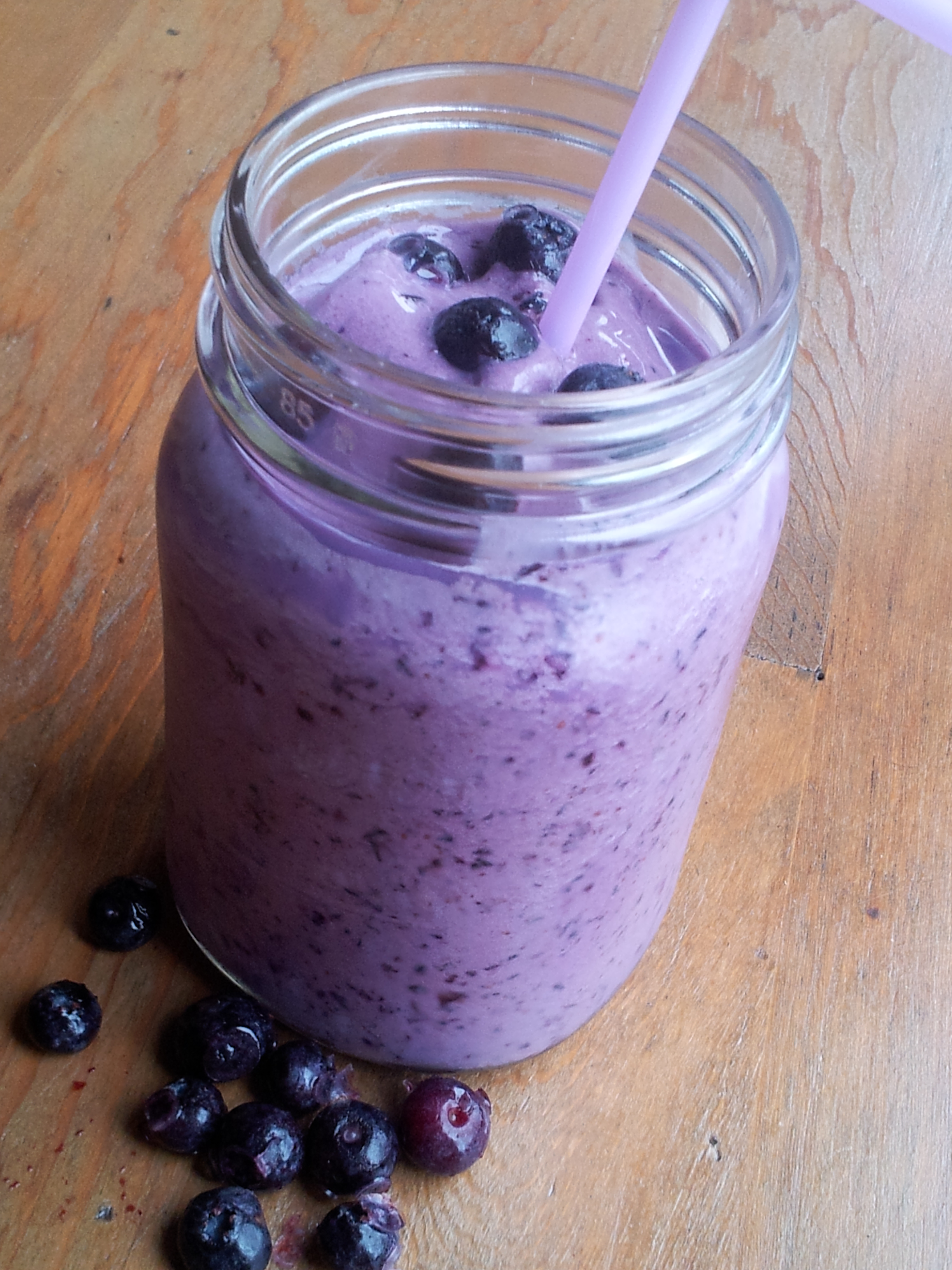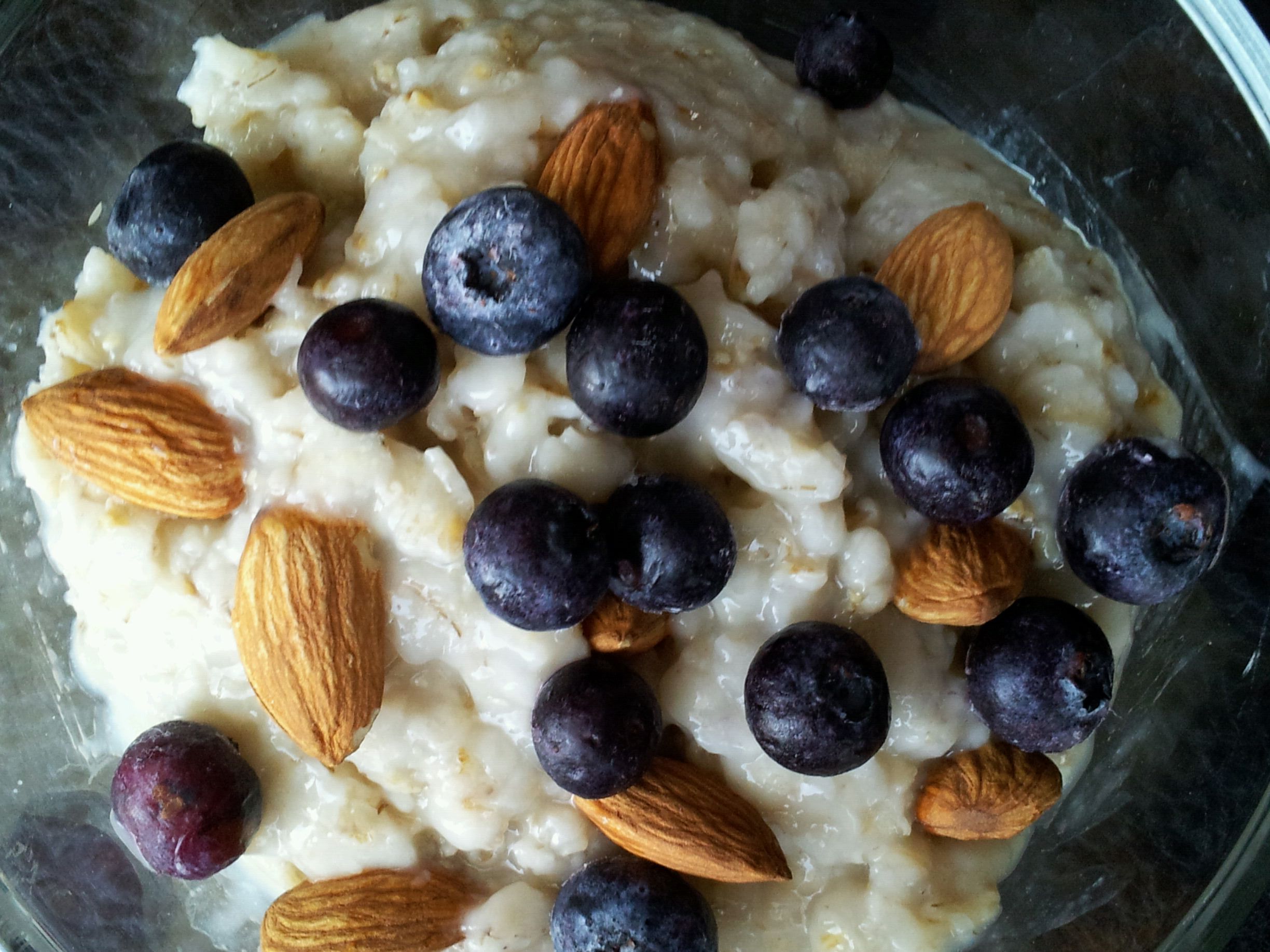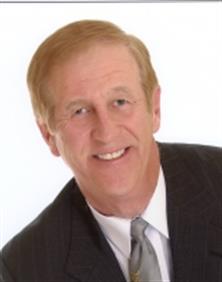
Dr. Raymond J. Petras has been working with athletes from all walks of life for decades. His work, though unique, get’s results. In this article, we are proud to introduce his success stories and his techniques to our audience. Dr. Petras suggests you give yourself permission to get better as the mind matters.

Dr. Raymond J. Petras
It brings me great honor to present Dr. Raymond J. Petras, whose expertise is in the areas of sports performance, injury/pain management and hypnosis. Dr. Petras has worked with the young, as well as professional athletes, in many different sports and countries. His clients include USA, Canadian, Swedish and European Olympic and National teams. His sports performance techniques have helped teams and coaches win championships and individual athletes to attain the highest level of performance.
Research has shown that his injury/pain management techniques can consistently and safely returned athletes to play more quickly than with conventional standard medicine (CSM) and training methods. Upon return to play, these athletes perform at a high level of excellence. Most of Dr. Petras’ clients are referrals from trainers, physicians and satisfied coaches and parents. His injury/pain management work begins, only after the trainer, physician or other qualified medical professional has seen the patient. After seeing Dr. Petras, the patient returns to the trainer or team doctor who determines when the athlete is ready to return to play. His success in treating illnesses, including concussions, is remarkable.
Recently, we published a three-part series on concussions. The series reported on research, 10 steps to protect yourself from concussions and viewpoints from players, officials and media.
In an upcoming article, Dr. Petras will discuss an extremely important part of concussions, “Treatment.” Please enjoy this interview as MinnesotaHockeyMagazine.com learns more about Dr. Petras.
Dr. Petras, to start with, let’s get to know a little bit about you.
Q: Where were you born and what was your childhood like?
I was born in Youngstown, Ohio, but lived in a suburb called Campbell. It is a steel town in eastern Ohio and a hot bed for athletes.
I had a wonderful childhood. My parents afforded me a lot of freedom and responsibility. My brother and I played sports, went to church and helped out with household duties.
Q: Were you an athlete growing up?
Yes, I was an active athlete growing up. I played three sports during the different seasons: Baseball in the spring and summer, football in the fall and basketball in the winter.
I was really good at football. I could catch passes and run like the wind. Basketball was fun, but I really had to work at it. In season, I played basketball, six days a week, three hours a day. Many days, I would spend those three hours just shooting free throws.
In high school, I was a high jumper. My claim to fame was to win my event on the last jump that allowed my team to win the quad meet.
Q: What was your favorite sport?
My favorite sport was baseball. In the summers, I played baseball from morning to night. Sometimes, after Little League practice, I would go to the stadium and practice with a local AA team.
Interestingly, the first year that I tried out for Little League I was rejected. With my dad’s encouragement, however, I rode my bike to play in a league outside the city. I played very well and was chosen the next year.
Due to some politics, I left baseball and decided to try golf, my junior year in high school. I made the Youngstown State University team, during my first year of tryouts, with only two years of playing golf.
As a child, who were the people that had the greatest influence on your life?
My parents were probably the greatest influence in my life. My mom would help when I was frustrated with school and life. My father was supportive with my sports and drove me to where I needed to go, whether it was for school, social engagements or sports.
I remember my basketball coach, Mr. Zetts, being kind and patient with me. When I started out in grade school, I was not very good at all. In baseball, my Little League coach gave me the opportunity to make my own decisions. I stole a lot of bases and was never thrown out.
Q: As you moved into your high school and collegiate life, when did you realize that you wanted to spend your life helping others in the medical field and why?
While in high school and as an undergraduate, the medical field was not even on the radar. At Ursuline High School, I was involved in academic studies. In college, at Youngstown State University, my degree was Chemical Engineering with minors in math and chemistry. It was tough and a lot of work. When I was not studying, I played intramural sports with my chemical engineering mates.
My interest in the medical field started when I attended a hypnosis seminar that was advertised by the phenomic research club, at the Minnesota Mining & Manufacturing Corporate Offices (3M), St. Paul, Minnesota. At the time, I did not believe in hypnosis, but it sparked my curiosity. I started studying the subject and taking psychology courses at the University of Minnesota (UofMN). Initially, I used hypnosis to successfully improve my work performance. Soon, fellow engineers started asking me to work with their families. I got so good at helping people that I was invited on Minnesota’s KSTP-TV5’s Good Company Show. While on the show, a cancer specialist saw me. He asked me to use my mental techniques to reduce the pain in his patients. This enabled him to reduce the amount of medication that he gave his patients, which in turn created a better quality of life. It was from this work that my career in the medical field was born.
Q: Where did you study and who would you credit for helping you advance your knowledge in this field?
As I mentioned above, I started studying hypnosis with different organizations and undergraduate psychology courses at the U of MN. While at a U of MN medical school hypnosis workshop, I met a few people who changed my life. One was Dr. Dennis Conroy. He was a Sergeant with the St. Paul Police Department and Head of the Employee Assistance Program. He convinced me that I needed more education if I were to employ medical hypnosis. He helped me find a great doctoral program at The Union Institute (now called the The Union Institute and University) and mentored me through along with a colleague Dr. Sherry Morey. Dr. Ralph McKinney, President of the Minnesota Society of Clinical Hypnosis (MSCH) regularly encouraged me to attend the MSCH meetings and to study hypnosis.
Vic Wallace, the Head Football Coach, at the University of St. Thomas (UST) was another. He gave me the opportunity to use my skills to enhance the performance of his football team. I also worked alongside the team doctors and trainers on the players’ injuries. This is when we started to see amazing results.
If it were not for Dr. Terry Orlick, at the University of Ottawa (UofO), Ontario, Canada, I would not have had the opportunity to conduct my research there and to meet and work with such great individuals as Drs. Garry Greenberg and Paul Greenacre, Dave Berry and Mickey Goulet.
Roger Schwagmeyer, Risk Manager and ADA Coordinator for the City of St. Paul, MN hired me to conduct a scientific study. The study was to determine if my work (called PsychoNeuro Pain Response™ [PNPR™] also called Talking Away Pain™ [TAP™]) could reduce or eliminate pain, improve daily functioning, and speed the healing of injuries covered by workers’ compensation. The study results were very positive and PNPR™, in 1998, helped the City of St. Paul, MN save over $1 million dollars in workers’ compensation costs. While running the study, I was asked to work with a valued employee who had Lyme Disease. After one session, her pain was gone.
Q: I understand you have many Minnesota ties, and I understand you have worked with St. John’s football legend John Gagliardi and others. Who did you work with in your time in Minnesota?
I worked with the:
1. U of MN (Coach Wilson-Track, Gutekunst-football, women’s soccer, volleyball, Ron Backes-Olympic shotput)
2. UST (Vic Wallace-football, Dr. Larry Russ-men’s x-country, Joe Sweeney-women’s x-country)
3. USATF/MN Sports Medicine Chair.
4. Chair-Infinite Health.
5. Pathways-provides resources and services for people with life-threatening illness.
6. City of St. Paul employees (Fire, Police, other).
7. St. John’s University (John Gagliardi).
8. Mary Howell (USATF national team race walking, USATF board member).
9. Bart Shouten (USA Olympic, National Speed Skating Coach).
10. MN PGA/LPGA.
11. Alpine Skiing (Buck Hill-Olympian Kristina Kosnick, Coach Tony Olin).
12. Gymnastics.
13. Swimming
14. Olympic Festival (@UST)-USA Archery
15. MN Public TV’s CEO – Jack Willis and other various teams, coaches and athletes.
16. Northwestern Chiropractic College (now called Northwestern Health and Science University) – I taught the sport psychology and non-invasive pain portion a continuing education course with Dr. David Stude and Lisa Masters for chiropractors).
17. International Brotherhood of Electrical Workers (IBEW).
18. Associate Professor at St. Mary’s University, Minneapolis, MN.
19. Medical team for The Schwan’s USA Soccer Cup, Blaine, MN.
20. Presenter at Sister Kinney’s Pain Institute at Abbott Northwestern Hospital and many other organizations throughout the Twin Cities.
21. Media expert – sports performance, injury/pain management and hypnosis. Twin Cities’ media called on me when my expertise fit their story.
Q: I see that you also worked with St. Thomas. I don’t know of too many people who worked with both the Johnnies and the Tommies with the rivalry being as intense as any in Division 3 Minnesota Sports. Do you have any memories you can share and how did that happen?
While working with “Tommies” x-country coach Dr. Larry Russ, he suggested that I meet an old friend of his. It was Coach Gagliardi. After Coach Gagliardi and I talked for a while, he brought in a few injured players for me to demonstrate my work. In approximately 20 minutes the pain left, as he watched. This amazed him so much he brought in his wife who was having pain. In approximately 20 minutes, her pain was gone. This prompted him to write: “…it was amazing and dramatic to see how effective and immediate the results were. Perhaps the best way to describe our experience is to quote one of the players who was treated. He said, ‘It is like a miracle.’”
Q: You’re on the cutting edge for Non-invasive injury/pain management and sports performance. I understand that you don’t get involved until after a medical person has evaluated your patient and then are tested again. Can you share with us some of the results that you have seen after your client has been treated?
There are so many stories that it is hard to choose which ones to present. Maybe in the future, I can give more cases on a variety of problems. I will choose three now:
First – “I dislocated my left shoulder during a hockey game. This was December 1992. I have had problems and pain, more or less for three years. Dr. Petras worked with me and since then, I have not felt any pain at all in my shoulder. That was on the 26th of May 1995, now it’s the 29th and I still have no pain. (In November, there was still no pain).”Andreas Lennartsson, Sweden.
Second – A hockey player was checked head first into the boards. He had severe pain and limited range-of motion in his neck. I applied my PNPR™ in the locker room and in approximately 30 minutes he had regained 90% of his range-of-motion and was pain-free.
Third – An All-American was on crutches, unable to bare weight on his ankle. His orthopedic doctor said he would not be able to play. I worked on him for 40 minutes. He no longer needed his crutches and was cleared by the trainer. He ran with the team that evening. He had a full practice on Friday and played very well on Saturday. The All-American played that game and the one following very well. This enabled his team to win and make the national playoffs. The work was done over-the-phone.
Q: One of the most fascinating things that I have heard in our conversations is the over the phone consultation that you did with the Italian National team and the letter from the coach after the tournament. Can you share with us how they contacted you and what type of treatment you offered and what the results were?
2006 Torino Olympic Games-Italian Olympic Hockey
The 2006 Italian Olympic Hockey Team enlisted Dr. Raymond J. Petras’ help for injuries, over-the-phone.
It was before the World Championships in Moscow that I received a call from Mickey Goulet the Head Italian (Olympic and National) Hockey Coach. Coach Goulet and I met when I was conducting research on my PNPR™ technique at the U of O. I had worked extensively with his athletes. He felt that my performance and injury work was a major factor in the success of his team. So, when he moved to Italy to build an Italian hockey program and Olympic Team, he gave me a call when some of his athletes were hurt. I used my PNPR™ <http://www.reliefforyou.com/page7.html> technique to help. Even though I was only able to talk to athletes’ with limited English-speaking abilities, these athletes noticed a positive difference in their ability to control their pain threshold.
Italian National, Olympic and former University of Ottawa Head Hockey coach Mickey Goulet says:
“Dr. Ray Petras was a major factor in the success of the team…with his special pain management technique players were able to control their pain and play…In cases such as dislocations, he was able to expedite the healing process. Injuries that normally took four to five weeks, would take half the time… Dr. Petras always worked in conjunction with our team doctor and athletic therapist… Our captain had a cruciate ligament operation and with Dr. Petras’ help was back in half the time it would normally take…we had six players injured…he flew out and within a couple of days, under the supervision of our doctor, five of the players were ready to play…I can’t help but feel that Dr. Petras would make a strong contribution to your team’s success.”
Major Junior – Canadian National Champions
“Dr. Ray Petras has shown what an impact he can have on a team. The 2002-3 University of Ottawa hockey team had a number of injuries throughout the season. Before playoffs, there were five players injured and out of the lineup. By playoff time, Dr. Petras was able to help all the players’ back by reducing their recovery time and eliminating their pain.”
Robert Mongrain – Head Coach, NHL – former player, Hull Olympics (Canadian National Champions), Hull, Québec, Canada
“A Major factor in our winning the Championship, was Dr. Ray Petras… Just before the playoffs, Dr. Petras worked with our injured athletes to relieve their pain and speed their healing. Many of these athletes were not expected to play because of their injuries. Not only did they play, but they played superbly. Dr. Petras worked closely with our doctors and trainer… when we got into a slump, we flew in Dr. Petras and in less that a week, he was able to help us get back on track… I am impressed with Dr. Petras’ expertise… He is likable, knows his role, is low key and was never a distraction. He has been a tremendous asset to my athletes, coaches and me. I highly recommend…”
Charles Henry – Governor, Hull Olympiques (Canadian National Champions), Hull, Québec, Canada.
“For years, we have employed Dr. Petras to work with our hockey players for performance enhancement and pain management…our players returned to play more quickly than with standard physiotherapy methods alone. Our athletic therapist, Serge Haché, was amazed by the immediate recovery. I highly recommend…”
Serge Haché – Athletic Therapist, Hull Olympiques (Canadian National Champions), Hull, Québec, Canada.
“I am impressed with a unique technique developed by Dr. Ray Petras for relieving pain and improving range of motion thereby, accelerating the healing process…I examined athletes both prior to and after the intervention. I have observed rapid recovery that I did not believe possible…the technique is both very safe and effective. Therefore, I highly recommend his services to any professional or amateur organization wishing to accelerate the safe return to play of their athletes.”
NHL Philadelphia Flyers Ottawa Senators
E. J. McGuire – Coach Philadelphia Flyers, Ottawa Senators Hockey says:
“… Your (Dr. Raymond J.Petras) pain management work has a ton of implications and obvious applications. I predict you’ll be hearing again from myself and those with whom I speak about your work.”
Q: I understand you have even had success in treating concussions. Can you share some of your success stories?
Here are three:
1. Water-skiing Accident
A 16-year-old received a concussion water-skiing. For 3 ½ weeks his headaches, dizziness and nausea persisted. Medications helped little and his cognitive functioning was impaired. After his first PNPR™ session all his symptoms were gone and his cognitive functioning improved. He started taking more classes and returned to his sport four weeks sooner than expected.
2. Header Injures Soccer Player
A University of Minnesota women’s soccer player was diagnosed with a concussion from a header. After conventional treatments failed to help, she was sent for PNPR™ treatments for her headaches. Within one session, her headaches were gone permanently.
3. Injured Baseball Player
A first baseman broke his wrist, received a concussion with amnesia and a cut in his eyelid and brow requiring stitches when a batter running to first crashed into him. With PNPR™ his headaches from the concussion lessened.
Q: I understand the current treatment protocols prescribed by the medical field for concussions are mainly rest and Tylenol. How do you go about the treatment of concussions? Is there a set protocol?
Correct. The two most prescribed treatments to date are rest and Tylenol.
My sessions for concussions are similar to any PNPR™ session. Information can be found on my website page <http://www.reliefforyou.com/page7.html>.
There is little to no risk with the PNPR™ technique. A physician, physical therapist, trainer or other medical professional generally refers the individual. During the sessions, the referring healthcare professional is kept appraised of the condition of his or her patient. At the completion of the sessions, the individual returns to the referring healthcare professional, in order for him or her to determine the appropriate activity levels or other treatments.
Since the introduction of the technique in 1989, there has never been a problem observed or reported.
Q: WHAT IS THE PNPR™ TECHNIQUE?
PNPR™ is a technique that offers hope for enhanced health by engaging the conscious mind in interesting, focused, neutral or positive self-talk while the mind-body automatically improves in the quickest, most efficient, and healthful way possible.
Q: HOW DOES THE TECHNIQUE WORK?
After a history and any necessary testing, there are four steps involved. The first is to define the condition (discomfort or pain). The second is to show the individual how to control it. The third is to determine if it is okay for the condition to improve. The final step is to deal with any stress the individual may be experiencing due to the condition.
Q: What are the odds that you can help someone in the healing process for concussions?
The odds are that everyone will derive benefit to some degree. Sounds to good to be true, but it is true. From experience, there is an excellent chance that everyone will experience some benefit, very quickly. Will everyone be “healed” 100% all the time? NO! But, one, two or more of the concussion symptoms may be eliminated or the effect reduced. Cognitive functioning may improve too. It is possible that one can be “healed” completely in one session. Is it probable that this will happen? I cannot answer that. PNPR™ is a process that allows the body’s own healing system to safely work unimpeded. Healing and change will occur in the fastest, safest way for the client when the time is right.
Q: How would people contact you to learn more?
To learn more about my sports performance and injury/pain management work, people can go to:
1. My website <www.reliefforyou.com>
2. My blog.reliefforyou.com
3. YouTube.com (type in relief4u2)
4. Twitter @relief4u2
5. E-mail: drpetras@reliefforyou
6. Phone 1.888.447.1428





